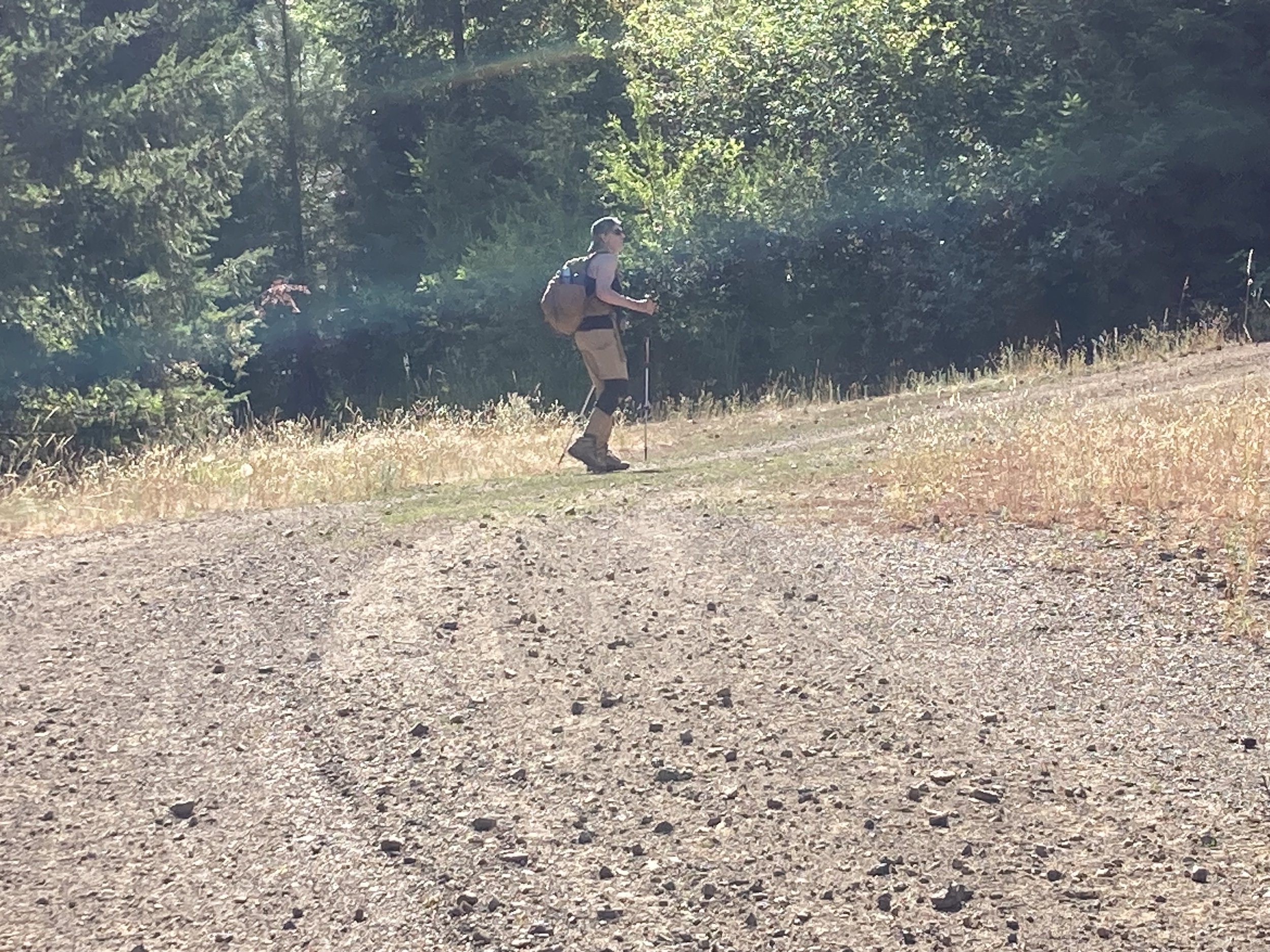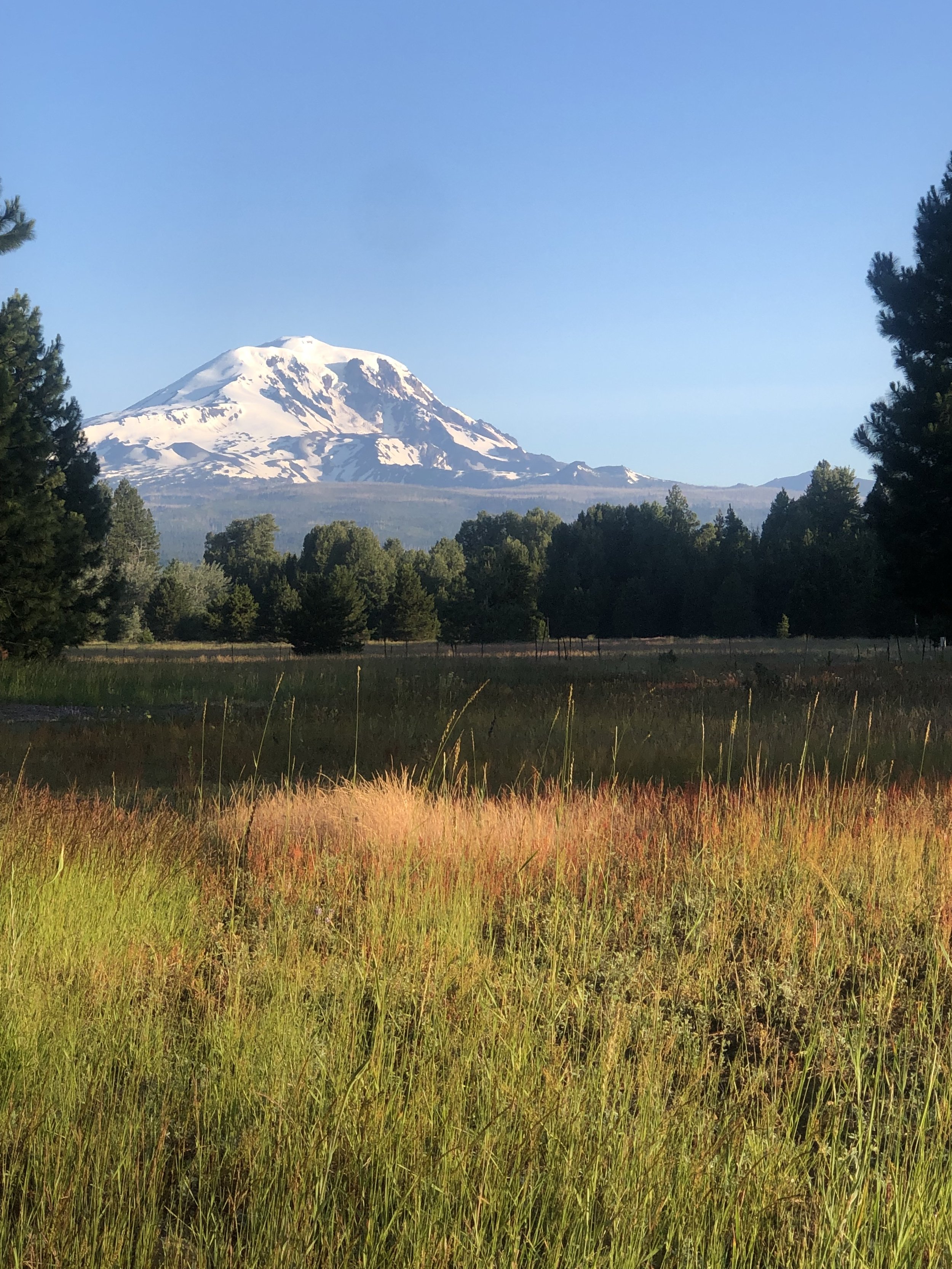It was minus 10 degrees this morning. As is our custom, we sat on the front porch with our insulated mugs of steaming Sleepy Monk coffee, all bundled up with multiple layers, fleece blankets, wool beanies and warm gloves.
No one would have blamed us if we had decided to stay inside where it was warm and toasty for our morning ritual of coffee, connection, and a little contemplative reading. It was below zero for crying out loud. But somehow, doing what it takes to preserve and protect that practice, come what may, is worth the effort. For now.
It’s not a rigid, letter-of-the-law rule by which we have to abide, but rather, a choice worth making. For now.
It’s a time together at the beginning of the day that sustains and better equips us for whatever life brings our way. For now.
There’s nothing sacred or magic about coffee on a porch. That is found in the showing up. In the readiness to listen. In the openness to receive. In the possibility of being connected to and changed by something way bigger than two elders who love each other and a good cup of coffee. It just happens to take place, for us, over coffee on a porch.
That’s the ritual that sustains us. For now.
That’s the practice that equips us. For now.
That’s the choice worth making. For now.
What might yours be? For now.












